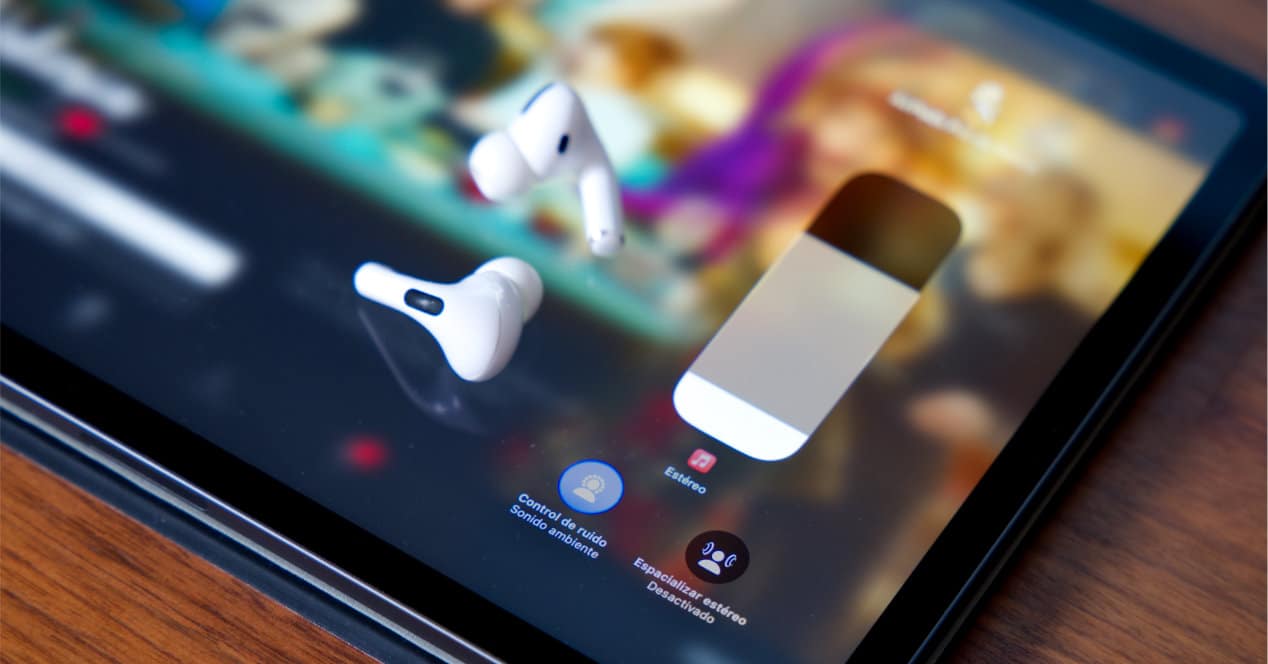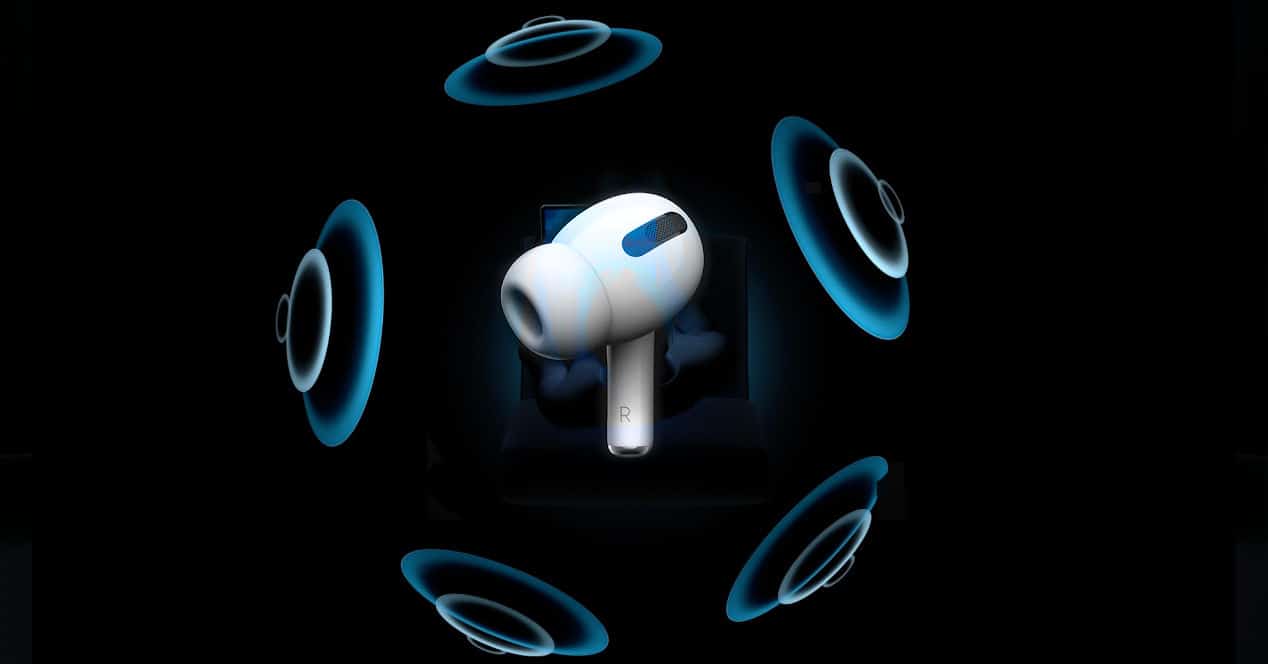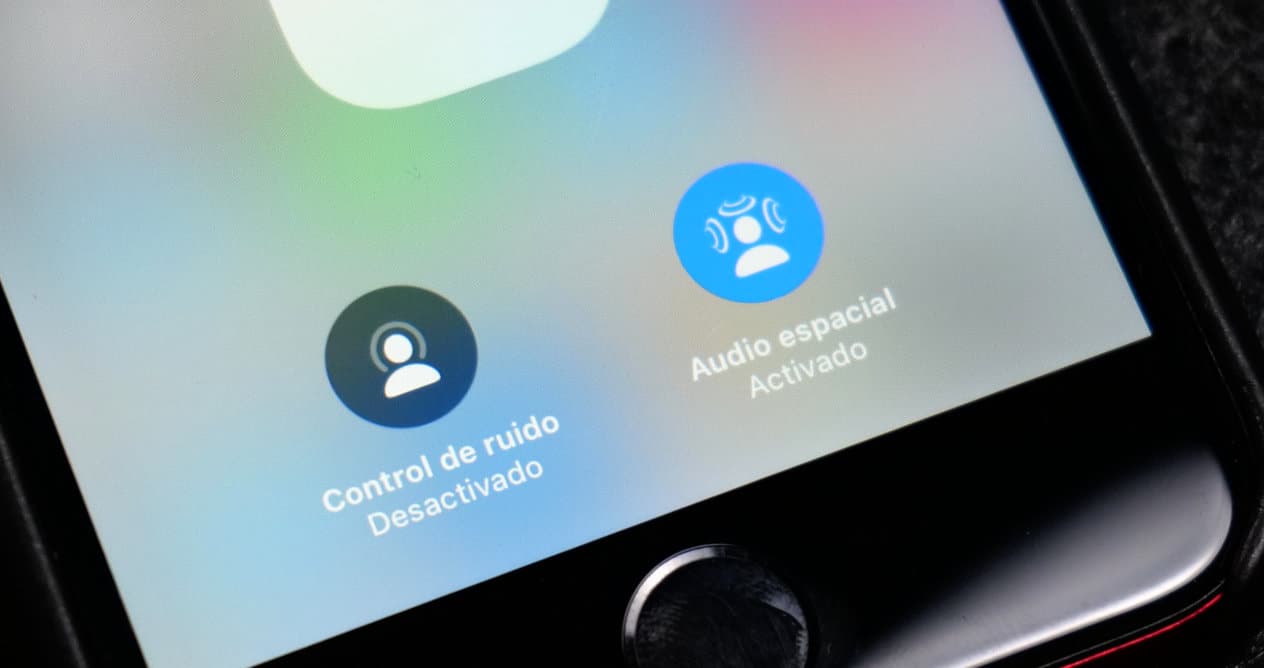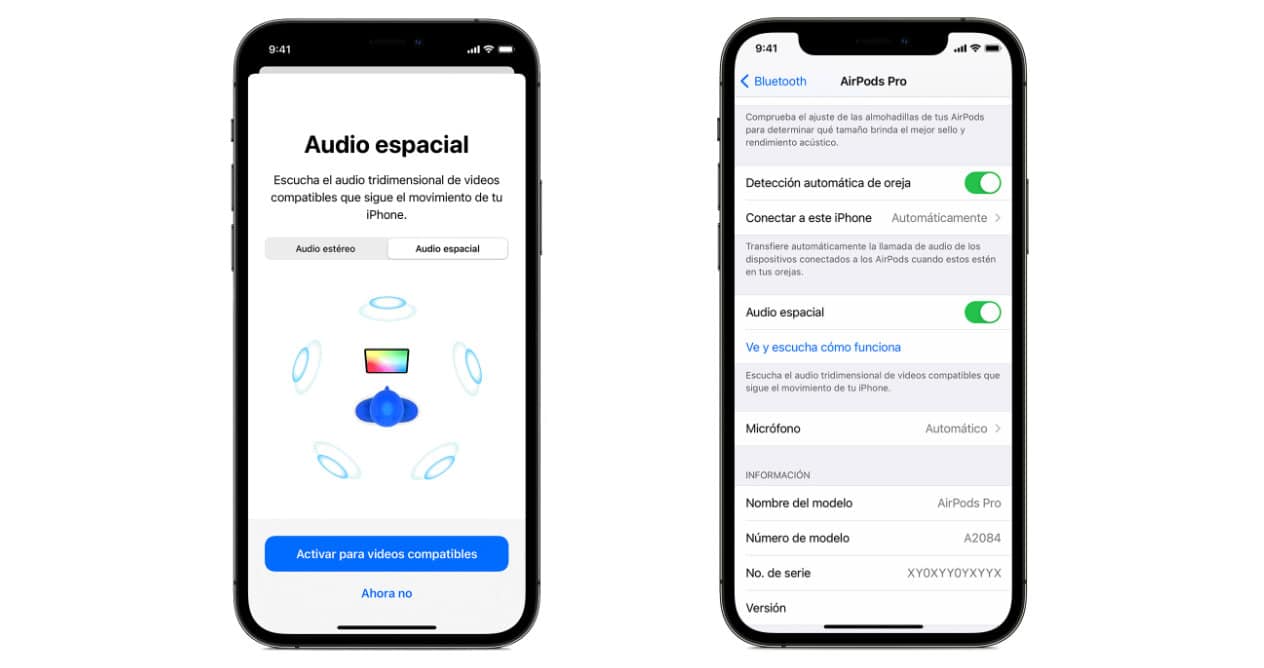
It is likely that the spatial audio It is not yet as widespread as Apple would like (at least in popular knowledge), however, those who do know how to take advantage of it enjoy playing series, movies or video games in another way. if you have some AirPods Pro and AirPods Max and you are interested in knowing more about it and, above all, how to activate it, today we review with you everything you need to know.
Apple first presented Spatial Audio in 2020 and since then it is true that many users still do not know all its benefits, what exactly it is for or how to activate it or modify its options. Today we are going to clear up your doubts by giving you all the details you need to know about it. Take note (and don't leave your AirPods too far away).
What is Spatial Audio?
spatial audio (Spatial audio in English) and Audio 360 are different names that represent the same technology that aims to offer a much more immersive sound experience than until now many knew. So much so that when you try it for the first time it is impossible not to be surprised.
Through a series of advanced algorithms and embedded sensors such as gyroscopes and accelerometers, devices that offer this technology are capable of detect at all times where the user is. In this way, the reproduction of the different frequencies and objects (instruments, voices, etc.) is adapted to its position. In other words, if you turn around while you are playing content, the sound will be heard as coming from behind you, thus having a greater awareness of where each sound is being emitted from.

The interesting thing about this solution is that it is not something exclusive to a manufacturer, but rather that anyone can implement it in their products. All you would have to do is meet a few minimum requirements to be able to offer this new surround sound system that always keeps you at the center of the experience.
How is it different from Dolby Atmos or similar?
Surely you are wondering this since in principle, the effect sounds similar. The value point of Spatial Audio is the pursuit of the individual's head, something that is achieved with the accelerometers and gyroscopes built into some headsets.
It is also capable of taking into account what and how you are viewing the content on the screen of your iPad or iPhone, thus being very precise about the source of the sound.
Requirements for this technology
If you are wondering where you can try this Spatial Audio, you should know that there are three essential requirements:
- El content to play it must have been mixed in 5.1, 7.1 or Dolby Atmos
- El device where you are going to reproduce it must support this technology
- La application / platform playback must also be compatible

Nowadays platforms like Disney Plus and Apple TV Plus support spatial sound. Although there are, as we have indicated, two other factors to take into account: the content itself and the device with which you are going to listen to it. This second brings us to the Apple teams, which are the only ones that currently embrace this sound technology. This is the complete list -all devices that use iOS must be running version 14 onwards; ditto with iPadOS 14-:
- iPhone 7,
- iPhone 11 or later (in all its versions)
- iPad Pro (12,9-inch, XNUMXrd generation and later)
- iPad Pro (11-inch)
- iPad Air (XNUMXrd generation and later)
- iPad (XNUMXth generation and later)
- iPad mini (XNUMXth generation and later)
- Apple TV 4K with tvOS 10 or later
- 2018 MacBook Pro or newer
- MacBook Air with M1
- Macbook Pro with M1
- Mac mini with M1
- iMac with M1
With any of these teams that we have just listed you will have to use one of these auriculares that we indicate below:
- AirPods Pro (XNUMXst or XNUMXnd generation)
- AirPods Max
- AirPods (XNUMXrd generation)
- BeatsFitPro
How to listen to spatial audio on AirPods Pro and Max

Let's put ourselves in a situation: you have a second generation AirPod pro and you are subscribed to Disney +. Ok, time to turn on surround audio.
Turn on spatial audio on iPhone or iPad:
- Make sure your AirPods or Beats Fit Pro are connected to the iPhone or iPad
- Open the Control Center
- Press and hold the volume rocker to turn on spatial audio while playing multi-channel content or Spatialize Stereo while playing two-channel stereo content
- To turn on spatial audio and dynamic head tracking, tap Head Tracking (this adjusts audio based on head movement)
- To turn on only spatial audio, tap Fixed.
In case you want to deactivate spatial audio and dynamic head tracking, access the same panel and tap on Deactivated. As long as you have them active and while you are playing compatible content, from the control center itself you can press and hold the onscreen volume control appearing three options where you will be shown if spatial audio is enabled, but not active; whether it is enabled or disabled. Touch the one that interests you and that's it.

Turn on spatial audio on Apple TV
- Make sure AirPods or Beats Fit Pro are connected to Apple TV
- Go to Settings > Remotes and devices > Bluetooth. You can also press and hold the home button on the Siri Remote while playing media content in a compatible app.
- Choose the AirPods or Beats you're using from the list
- Choose Spatial Audio while playing multi-channel content or Spatialize Stereo while playing two-channel stereo content
- And that's it!
Turn on spatial audio on Mac with Apple Silicon
- Make sure you're using AirPods with your Mac
- Select the AirPods or Beats icon in the menu bar to see Spatial Audio listed while playing multi-channel content or Spatialized Stereo while playing two-channel stereo content.
- Click Active Head Tracking to activate spatial audio and dynamic head tracking. To activate only spatial audio, click Fixed.
If you want to turn off spatial audio and dynamic head tracking, click Off.
Apple indicates on its official website that some special device configurations, such as Follow iPhone, Balance, Mono Audio or Hearing aid adaptations could affect the functioning correct of the Spatial Audios. Keep that in mind.